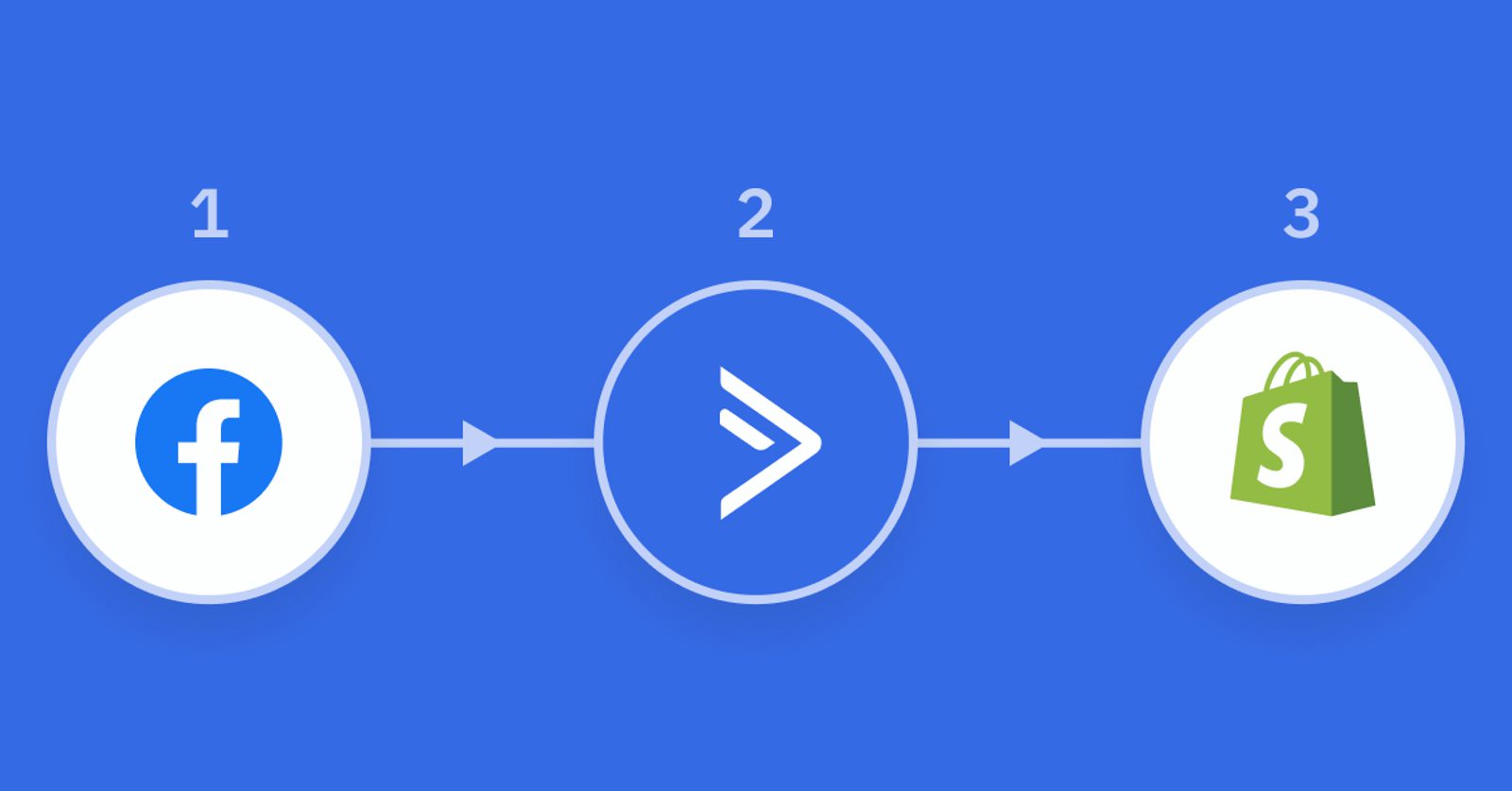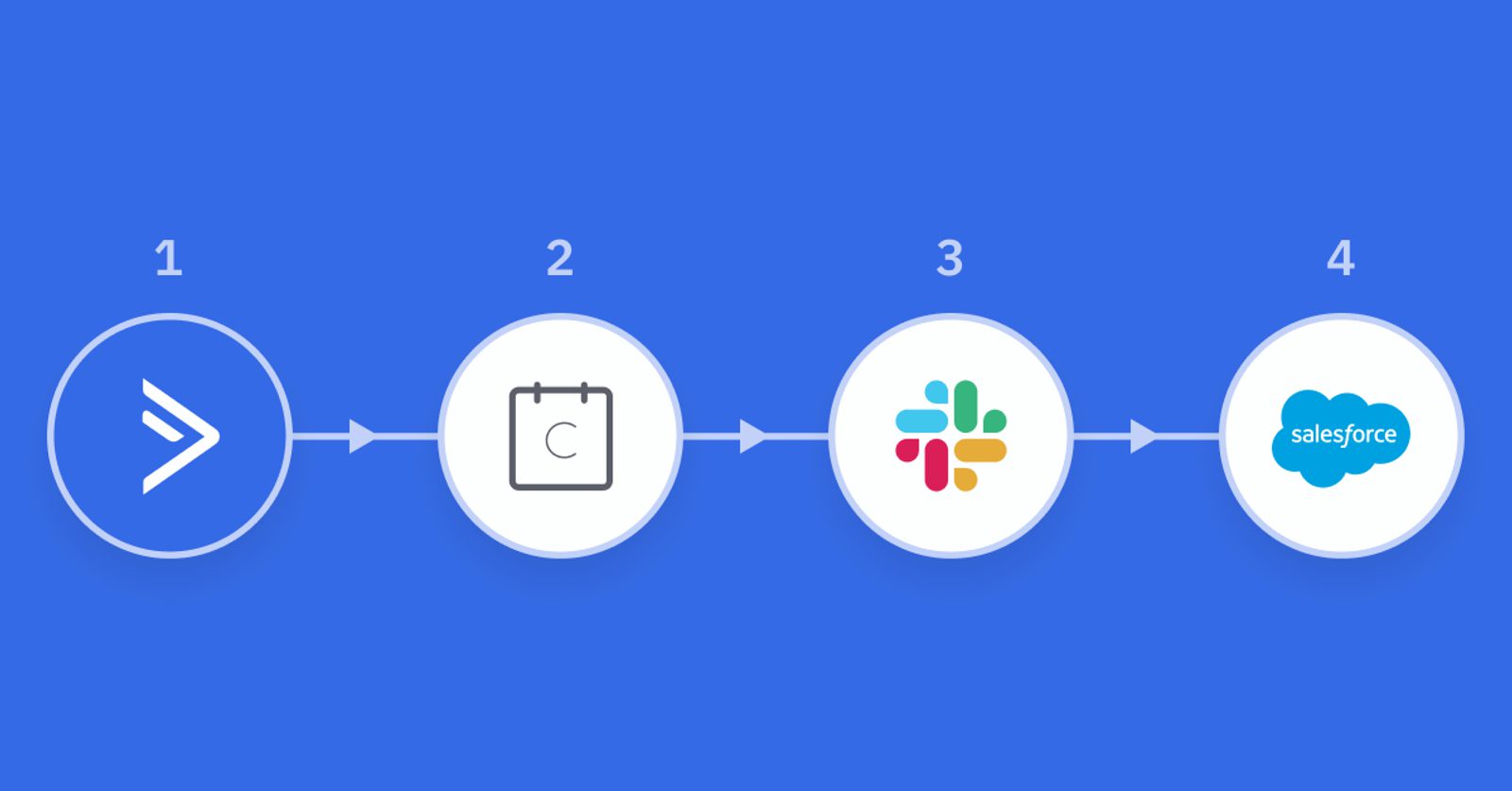Customer experience isn’t all that different from an orchestra.
A full modern orchestra can have over 100 musicians playing more than a dozen different instruments, working harmoniously to produce one sound.
Each musician of an orchestra has years of training and thousands of hours of practice. They are masters of their instruments. But even in a room of masters, there’s one person in charge of keeping everyone in sync: the conductor.
The role of conductor is to create compelling music by coordinating (and bringing out the best in) over 100 musicians.
In your business, you use a dozen different marketing tools (instruments) to manage different parts of your customer experience. Tools like:
- Social media
- Marketing automation
- Livechat
- Email marketing
- Shipping
- ecommerce
- Team communication
- Analytics
- Customer success
- Development
- Calendar scheduling
Demand for marketing automation has tripled in the last five years because the number of business software products is exploding. Businesses like yours want to use the best tool for each job — which means everyone is using more and more tools that need to talk to each other.
When tools need to talk, businesses turn to marketing orchestration.
What is marketing orchestration?
Marketing orchestration is the coordination of data from multiple platforms, with the end goal of creating a more connected customer experience. Marketing orchestration makes your existing tools more powerful by connecting them directly to your customer data.
Orchestration makes all of your tools (including marketing, sales, and customer success) more effective:
- Marketing. Escape Campervans future-proofs their marketing with personalized customer messaging based on how many quotes, trips and reservations the customer has.
- Sales. Outside of the growing season, Floret Flowers merges real-time Shopify data to send indirect sales emails specific to seed, bulb, and flowers a customer has purchased.
- Customer success. Current Koia customers that interact with a referral program can be given additional resources to gamify brand advocacy.
Well orchestrated, the number of tools you are using in your business becomes a competitive advantage instead of a burden.
How does marketing orchestration help your business?
Marketing orchestration is a response to a shift in how customers expect to purchase a product or service:
- A great product is no longer enough to keep customers coming back
- Buyers are looking for more personal connections
- “Time” is the biggest barrier to a great customer experience
- An “okay” customer experience is not okay
You need multiple tools to meet the needs of your customers and future-proof your business. Combining tools and technology has a compounding benefit on your business, allowing you to treat every customer like your most important — whether you have 10 or 10 million.
When your marketing tools are well orchestrated, your audience will do three things:
- Buy more: 86% of buyers will pay more for a product or service if they receive a better customer experience. (PWC)
- Buy more often: 49% of buyers have made impulse purchases after receiving a more personalized experience. (Segment)
- Refer other customers: Loyal customers are four times more likely to refer a friend to the company. (Nielsen)
Since no two businesses are alike, creating personalized experience marketing orchestration will look different for every business.
What does marketing orchestration look like in action?
Marketing orchestration can be extremely effective. Koia, for example, grew online sales by 92% by orchestrating across a few basic tools. Here’s how:

- When a new subscriber signs up for the Koia newsletter in Activecampaign, the subscriber enters a welcome series that educates them as well as shares promotions and coupons.
- If the new subscriber opens emails and clicks on links, they’re added to a Facebook Custom Audience for future targeting.
- The subscriber is also recruited, via email, to join the Koia Krew loyalty program.
- Their information is automatically added to a Google sheet, where the Koia team can quickly see who is new to the program.
- Koia uses the ActiveCampaign CRM to track the “missions” the subscriber has completed, as well as where they shop.
- The Koia team uses the location of the subscriber to localize their efforts, reaching out to subscribers who use Amazon Fresh with different challenges than subscribers who typically shop at Whole Foods.
So what would this look like for your business?
In an ecommerce business, marketing orchestration may look something like this:

- A member of your audience sees a Facebook ad and clicks over to your Shopify store, but does not purchase
- Email marketing software audience member a reminder email, including free overnight shipping to meet holiday timelines
- Audience member opens email, remembers they wanted to purchase the item as a holiday gift, appreciates the shipping upgrade, and purchases
- CRM lets Facebook know the item has been purchased and to stop showing the ad
- A few days later, your CRM checks with Shopify to confirm delivery
- Shopify confirms the product has been delivered
- CRM notes this customer has spent over $1,000 with you this year
- Message is posted in your customer support Slack channel to give the customer a personal phone call or email for surpassing this milestone
- Email marketing sends the customer a request to rev
In contrast, a B2B software business, marketing orchestration may look like this:

Caption for people scanning
- Account-based marketing (ABM) software notices that a specific audience member has viewed the pricing page on your website
- Email is triggered to be sent to that audience member
- Audience member clicks on a Calendly link to schedule product demo, but does not complete registration
- Second email reminder is sent to audience member to remind them to complete their demo registration
- Audience member opens the email, clicks the link and schedules a demo with an account executive
- Calendar event is added to both calendars
- Message is posted to Slack channel and tags the account executive
- A lead is created in Salesforce
Marketing orchestration doesn’t just run your business — it also cuts out a lot of the mistakes that come from human error, like:
- Showing the same Facebook ads to customers that have already purchased
- Sending discount emails to customers who are already in the buying process
- Contacting leads who are not interested
When your tools are properly orchestrated, providing a more individualized customer experience, you save money and more importantly, time.
What’s Next
When your marketing, sales, and customer success tools are well orchestrated, everything works better.









